Deoksugung Palace Royal Guard Changing Ceremony (덕수궁 왕궁수문장교대의식)
832.9808195974437m 112558 2023-02-22
99, Sejong-daero, Jung-gu, Seoul
• 1330 Travel Hotline: +82-2-1330 (Korean, English, Japanese, Chinese) • For more info: +82-2-737-6444
Deoksugung Palace has held a guard changing ceremony since 1996 after thorough historical research by leading historians. The ceremony, which is held in front of Daehanmun Gate of Deoksugung Palace, is a tradition similar to the Changing of the Guards at Buckingham Palace and offers a rare opportunity to experience royal culture. The royal gate is opened and closed at pre-determined times, and the gatekeepers in charge of guard duty and patrols hold a shift ceremony three times a day.
The Royal Guard Changing Ceremony is a highly recommended event for tourists. It is held three times a day, with each ceremony following the same procedure and lasts for forty minutes to an hour, and the ceremony is free of charge. There are no ceremonies on Mondays as well as on severely cold or hot days.
As the ceremony begins, the changing of the guards commences replete with traditional musical instruments, and exchanges a password for verification. An eight-minute guard ceremony ensues, followed by a seven-minute change ceremony, and finally a patrol that completes the ceremony. The procedure takes a dramatic turn when 18 guards in six official positions beat a drum and bellow some orders.
The Royal Guard Changing Ceremony is a great opportunity to experience a rare traditional scene. The guards’ splendid costumes, with their brilliant primary colors, are a pleasure to view. Once the ceremony is over, visitors can take pictures with the gatekeepers.
Jaembaeok (잼배옥)
840.5518574357353m 77 2021-03-30
68-9, Sejong-daero 9-gil, Jung-gu, Seoul
+82-2-755-8106
It has over 80 years of tradition. This Korean dishes restaurant is located in Jung-gu, Seoul. The representative menu is ox bone soup.
Sejong Center (세종문화회관)
845.6347020052463m 60881 2023-06-14
175, Sejong-daero, Jongno-gu, Seoul
+82-2-399-1000
Sejong Center, officially known as Sejong Center for the Performing Arts, opened on July 1, 1999 to provide citizens with a cultural art space. Having completed a grand remodeling project in 2007, Sejong Center offers customer-friendly programs aimed at improving the quality of art performances in a comfortable resting area. Comprising the Grand Theater of Sejong Center, Sejong M Theater, Sejong Chamber Hall, Exhibition Hall, and other subsidiary facilities, Sejong Center is a multicultural art center.
Various genres of performances including traditional, classic, and crossover have taken place in the center, giving many opportunities for cultural nostalgia.
* Opened April 14, 1978
KGC - Seoul City Hall Branch [Tax Refund Shop] (KGC 서울시청점)
853.3920840425558m 0 2024-04-22
131, Seosomun-ro, Jung-gu, Seoul
-
Mirakjeong (미락정)
862.7307478486m 91 2021-03-30
52, Sejong-daero 9-gil, Jung-gu, Seoul
+82-2-778-7210
It is a place where pork cutlet is made directly with domestic pork. This restaurant's signature menu is house-made jumbo sized pork cutlet. This Korean dishes restaurant is located in Jung-gu, Seoul.
Seoul Lantern Festival (서울빛초롱축제)
866.7657347848544m 248026 2023-11-23
175 Sejong-daero, Jongno-gu, Seoul
+82-2-3788-8168
The Seoul Lantern Festival is held every year from the first Friday of November to the third weekend of the month for approximately 3 weeks. With various themed lanterns around Cheonggyecheon Stream, visitors can enjoy both traditional lanterns and modern LED lanterns. The festival provides much to see and do with the addition of Gwanghwamun Square Market.
Seosomun Historical Park (서소문역사공원)
866.5647049745235m 21561 2023-08-11
5, Chilpae-ro, Jung-gu, Seoul
The Seosomun Gate area, which is located outside Seosomun Gate, was used as a persecution site in the 19th century before it turned into the local park of today. Many Catholics were suppressed and martyred here, making the area a holy site for Korean Catholics. Seosomun Gate was a gateway to Chilpae Market located near Namdaemun Gate. It was always busy with passerbys and the persecution site was established outside the gate to set an example of crime punishment to all the witnesses.
On May 15, 1999, a memorial tower was raised at the center of the park in honor of the martyrs. In 2013, Seoul's Jung-gu district also founded Seosumun Holy Shrine History Museum with a memorial exhibition hall in their honor.
Gwanghwamun Square Market (광화문광장 마켓)
866.7657347848544m 0 2024-04-22
175 Sejong-daero, Jongno-gu, Seoul
+82-2-3788-8168
Gwanghwamun Square Market first showcased in December 2022 along with the Seoul Lantern Festival to support the local small businesses and promote Seoul night tourism. The market features local store owners and businesses that exhibit and sell seasonal decor, handcrafted items, and winter snacks. The market has expanded twice in size for the year 2023, comprising a food zone and a booth zone.
Jeongdong Culture Night (정동야행)
869.0114255127637m 15558 2024-04-25
99 Sejong-daero, Jung-gu, Seoul
+82-2-3396-4625
Jeongdong Culture Night is dedicated to promoting the history and culture of Jeongdong, a neighborhood in Jung-gu, Seoul. The festival programs allow participants to understand how the history is connected to today's culture and offers an opportunity to view Jeongdong's cultural facilities in a different perspective.
Halmaejip (할매집)
873.2765188414741m 365 2017-02-01
1-5, Sajik-ro 12-gil, Jongno-gu, Seoul
+82-2-735-2608
Not like usual Gamjatang (pork back-bone stew), Halmajip’s Gamjatang uses only bean sprout and leek to make a refreshing soup taste along with red pepper powder, for a spicy flavor.
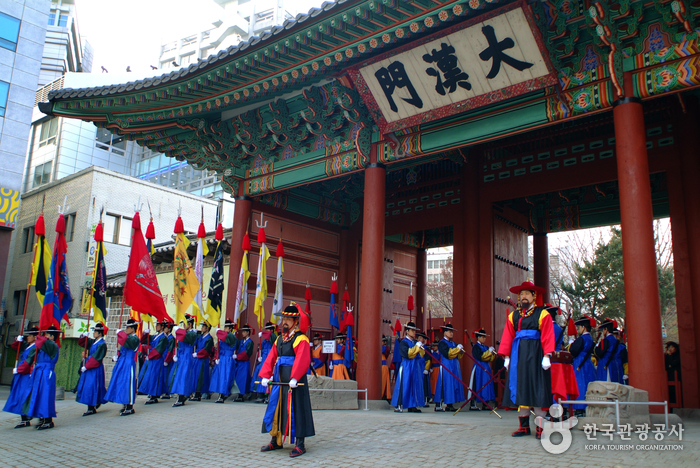
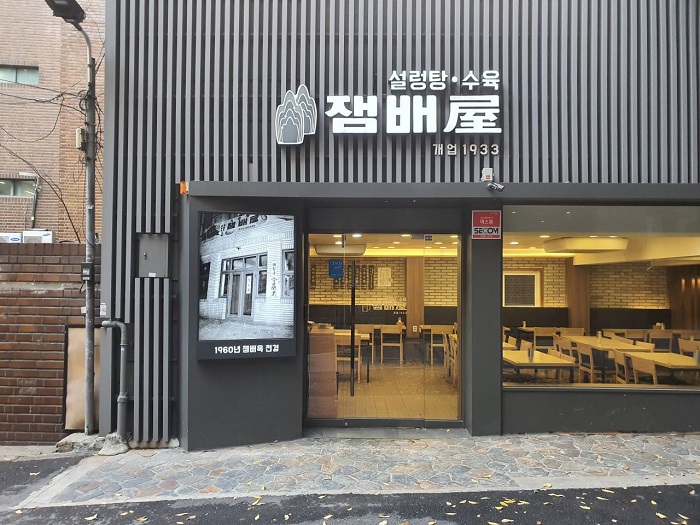
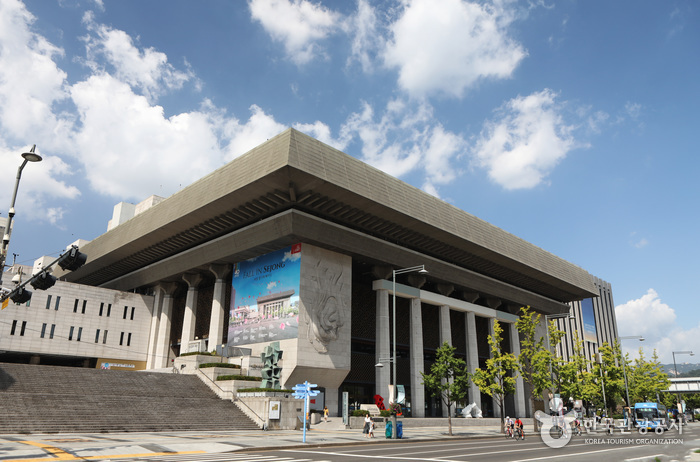
![KGC - Seoul City Hall Branch [Tax Refund Shop] (KGC 서울시청점)](http://tong.visitkorea.or.kr/cms/resource/71/2878571_image2_1.jpg)
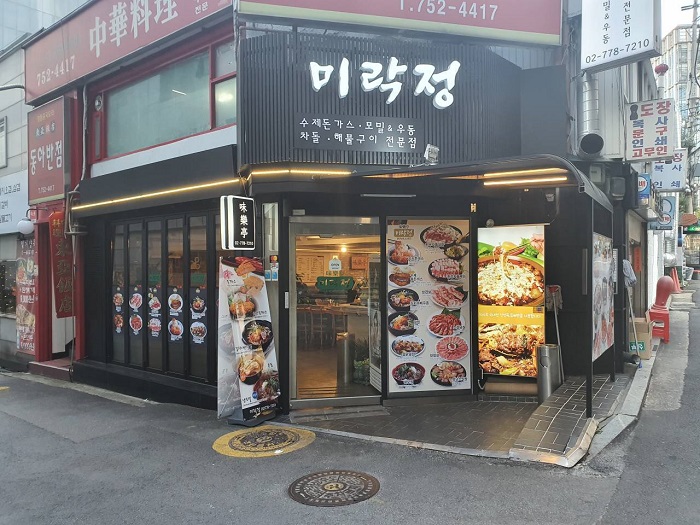
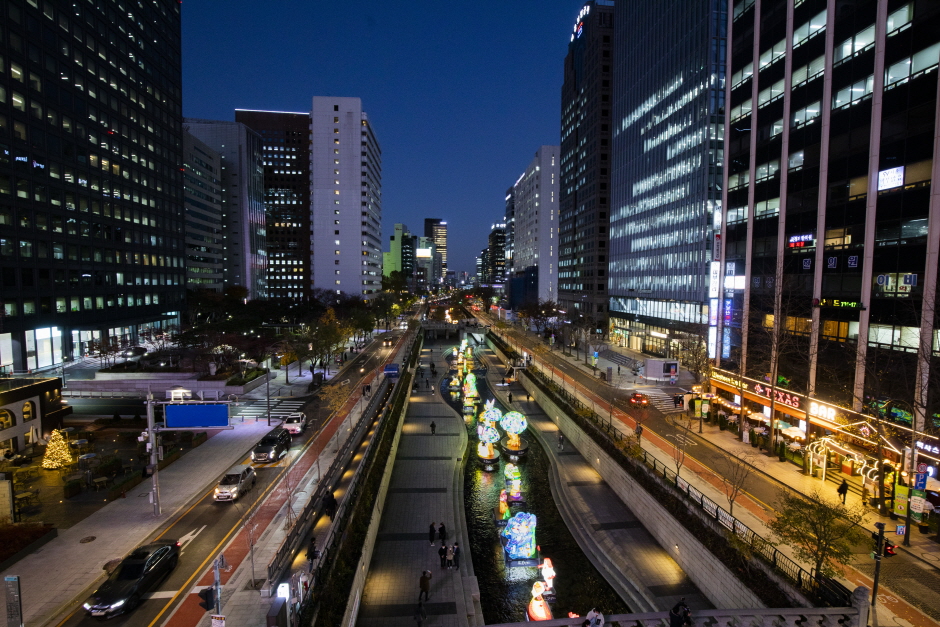
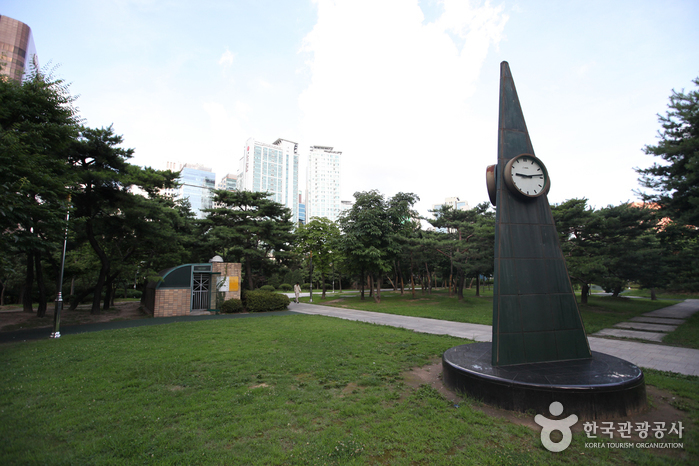
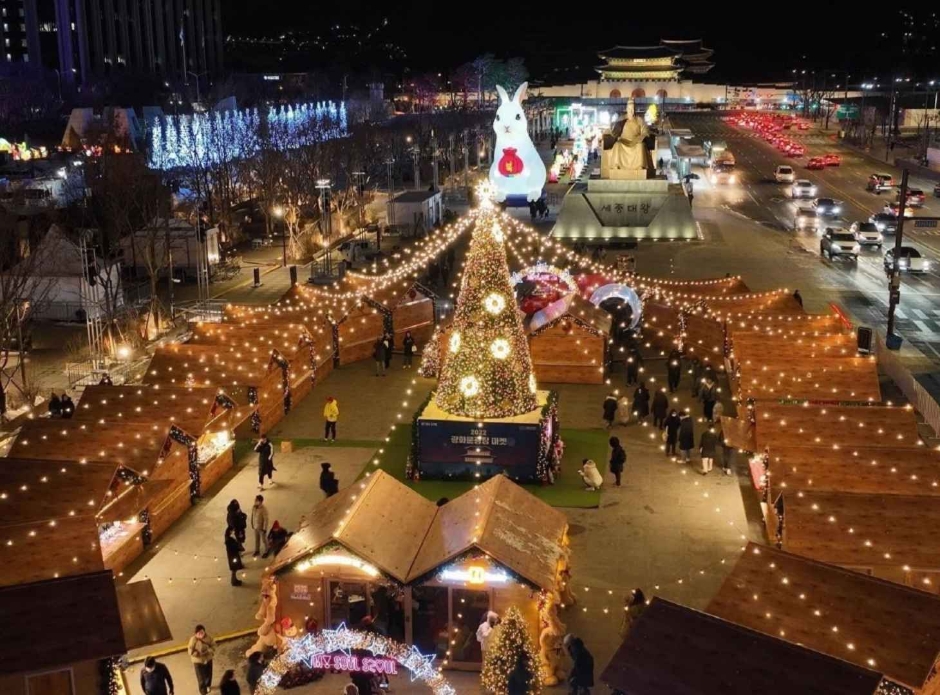
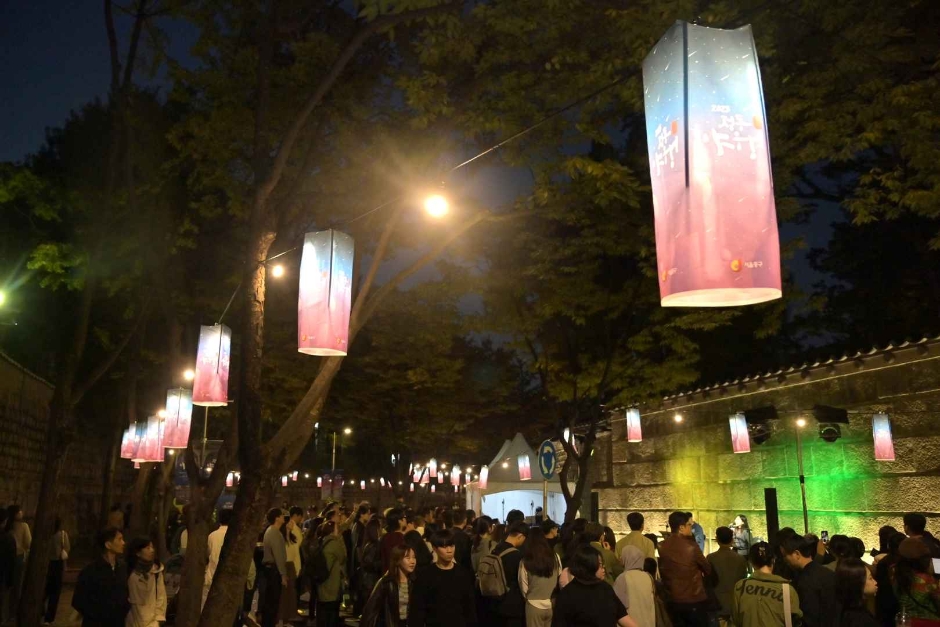
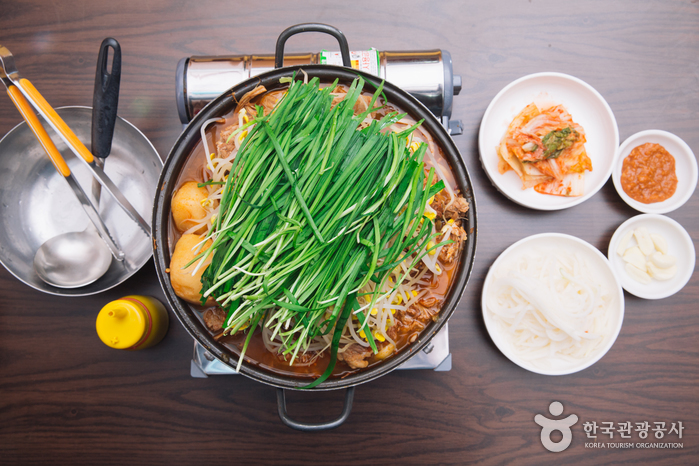
 English
English
 한국어
한국어 日本語
日本語 中文(简体)
中文(简体) Deutsch
Deutsch Français
Français Español
Español Русский
Русский